Rekindling the Flame
Rekindling the Flame
By Mehmet Enes Beşer
The new flare-up between Thailand and Cambodia in the year 2025 regarding the border dispute is just as much about historical antagonism as about unpredictable political undertows characterizing modern Southeast Asia. The most recent incident involving the mobilization of troops and nationalist posturing all across the region of the temples of the Preah Vihear is not merely regional anarchy but a geopolitics stress test for the regional unity of ASEAN as much as for the two nation-states’ legitimacy at home.
The new crisis started as far back as early July 2025 when Thai paramilitaries were reportedly stepping up their deployment around the contested edges about the massif mountain range of the 11th-century Preah Vihear holy shrine. In reaction, Thailand was accused by Cambodia of disobeying the 1962 ruling of the International Court of Justice to award the holy shrine to Cambodia but not to clearly demarcate the demarcated surroundings around it. Phnom Penh rapidly deployed its special border security troops to stand its ground for territorial sovereignty. Though the two governments formally denied any desire to look for more escalations, none of them seemed unwilling to back down without getting domestic political gains.
The roots of the dispute date back over a century to colonial-era boundary maps created by the French, which Thai authorities later contested. Although the ICJ awarded the temple to Cambodia in 1962, the surrounding 4.6 square kilometer area has remained undemarcated and has triggered military tensions in 2008, 2011, and now again in 2025.
The new fighting is not merely territorial. It is about internal political necessities within the two nations as well. In Thailand there is the sensitive civilian-military equation that is particularly in place since the March 2023 election when the ruling coalition is not quite strong enough to tighten firm control over defense and foreign affairs. Forces within the Thai army may be half-way autonomously operating to strengthen their nationalist credentials. The same may equally apply to Cambodian leadership as well, who—following Hun Sen stepping down voluntarily—have internally been questioned regarding legitimacy and stability with reference to his son Hun Manet. It is to the advantage of both to appear tough on issues of sovereignty, and the borders are the soapbox on which to appear tough.
What is unusual about the incident is the framing of the regional tilts that are shifting. Cambodia is now deemed to lean more towards China, especially with Belt and Road plans and the suspect Chinese military facility within the Ream Naval Base. Thailand, comparatively, has set up for more evenly balanced between the United States on one side and China and India on the other with more fear about Chinese encirclement. Such realignments place mistrust axes on otherwise contained incident to elevate it to the level of bargaining tool within the grand power plays.
Economically, the tensions have threatened cross-border trade and tourism, not merely in border provinces like Si Sa Ket, Oddar Meanchey, and Preah Vihear. Several joint developmental schemes have been frozen, and border crossing has decelerated considerably, dislocating thousands of livelihoods. Whilst on present reckoning there is yet to be violence on any large-scale level, the simple disruption of the economy may cement popular opinion on both sides and restrain political space for accommodation all the more.
Another new element is digital disinformation. The two nations have accused each other of launching a coordinated information dispute campaign to influence nationalist sentiment on the Internet. In Phnom Penh, Thai forces are accused on viral TikTok videos of sacrilege on holy Khmer grounds, as on X (formerly known as Twitter) Thai-based operations show Cambodia as the Chinese proxy to the nation’s security. This virtual propaganda showdown—inflamed through faceless reports and nationalist influencers—may become more unmanageable more quickly than the official diplomacy can get it brought into line.
ASEAN’s reaction has thus not unexpectedly remained subdued. While the organization invoked “mutual restraint and dialogue” with the issuance of one statement, it provided no actual mediation process. This is emblematic of the greater freeze on the part of ASEAN to confront inter-regional tensions. Non-interference is one set of guiding principles, regional stability equally so. In this regard, ASEAN’s hesitation to transform from consensus-based talkshop to one more proactive mediator might consign it to irrelevance when it is best positioned to confront new security threats within its own regional scope.
What is particularly concerning about the present row is its likelihood to set off a regional chain reaction within the Mekong subregion. Laos and Vietnam are waiting with bated breath, as they fear the setting up of precedents on their own borders. Myanmar is preoccupied with its own civil war and might attempt to take advantage of regional distraction. And China, officially exhorting calm to the opposite, is the beneficial recipient of ASEAN division—ASEAN division provides Beijing with greater latitude to set regional norms bilaterally instead of through multilateral restraint.
For its chances for the outcome, the future is bittersweet. Bilateral dialogue has been suggested along with recovered military-level hotlines. Unless the two governments are more efficient at de-escalation as opposed to fixing their shared domestic image, there are chances for one more armed conflict. Cross-country NGOs and civil society organizations critically essential to the post-2011 standoff have remained on the sidelines up to this point. Their return to the mainstream of peace building will prove decisive should this conflict not take the shape of provocation and lulls.
Conclusion
The stand-off between Thailand and Cambodia in 2025 is more than the age-old border dispute over the shrine. It is the mirror to the frailty of nation state governance on the two countries’ part, the ineffectiveness of regional interlocutors like ASEAN, and the divisive impact of virtual propaganda on modern conflict mechanisms. What most sets apart this iteration of the stand-offs between the two countries from the many is not merely territorial ambiguity but shifting geopolitics, disinformation warfare, and multilateral norms erosion. To pre-empt further destabilization, the two nations will need to look beyond symbolically vacant posturing and get back to honest talk, possibly through neutral ASEAN interlocutors such as Indonesia or Malaysia. Confidence-building measures of demilitarized buffer zones and regional integration schemes must take center stage. In the short run, ASEAN will need to overcome its organizational lethargy and establish active crisis management mechanisms. Stability of the region of the future may well rely on the strength of the leaders of Southeast Asia to learn the lessons of the past not only to ensure peace but to redefine it for the age of diverse, multi-layered threats. The Cambodian-Thailand conflict is not just one test for the two countries but for the entire ASEAN process. Success or failure will extend beyond the shores of the Preah Vihear.



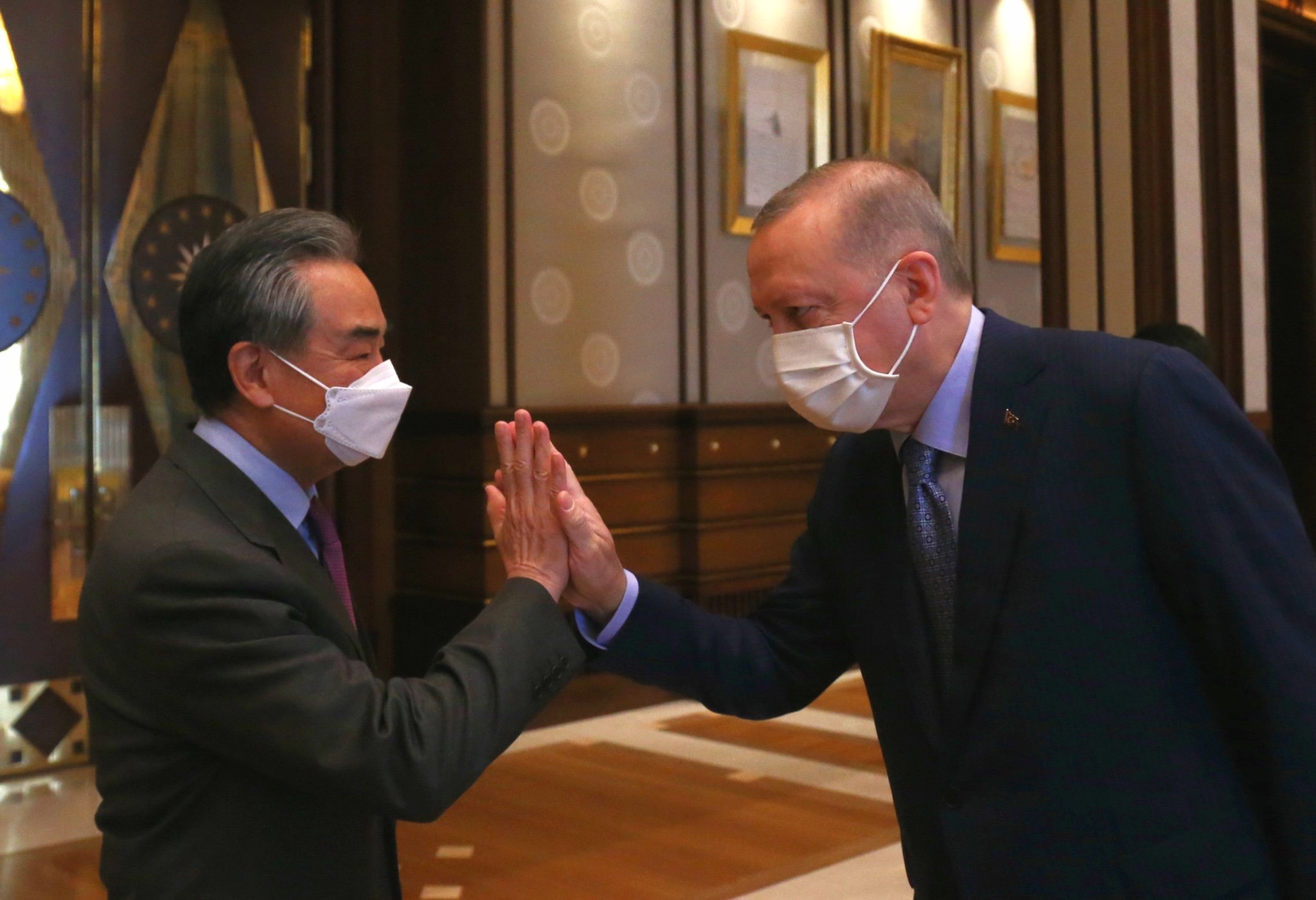
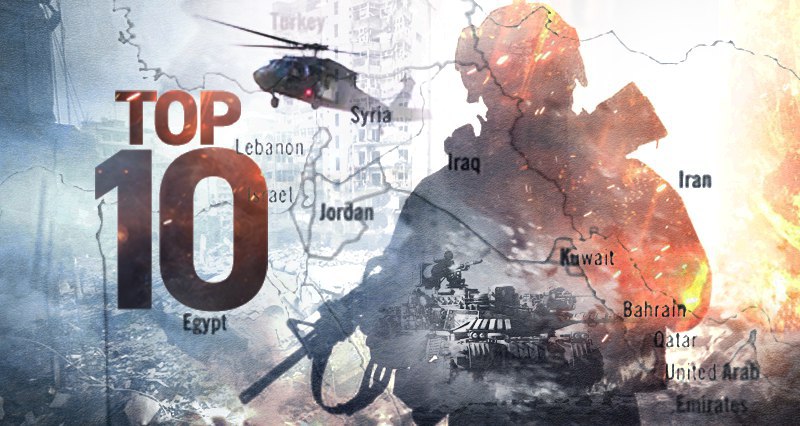


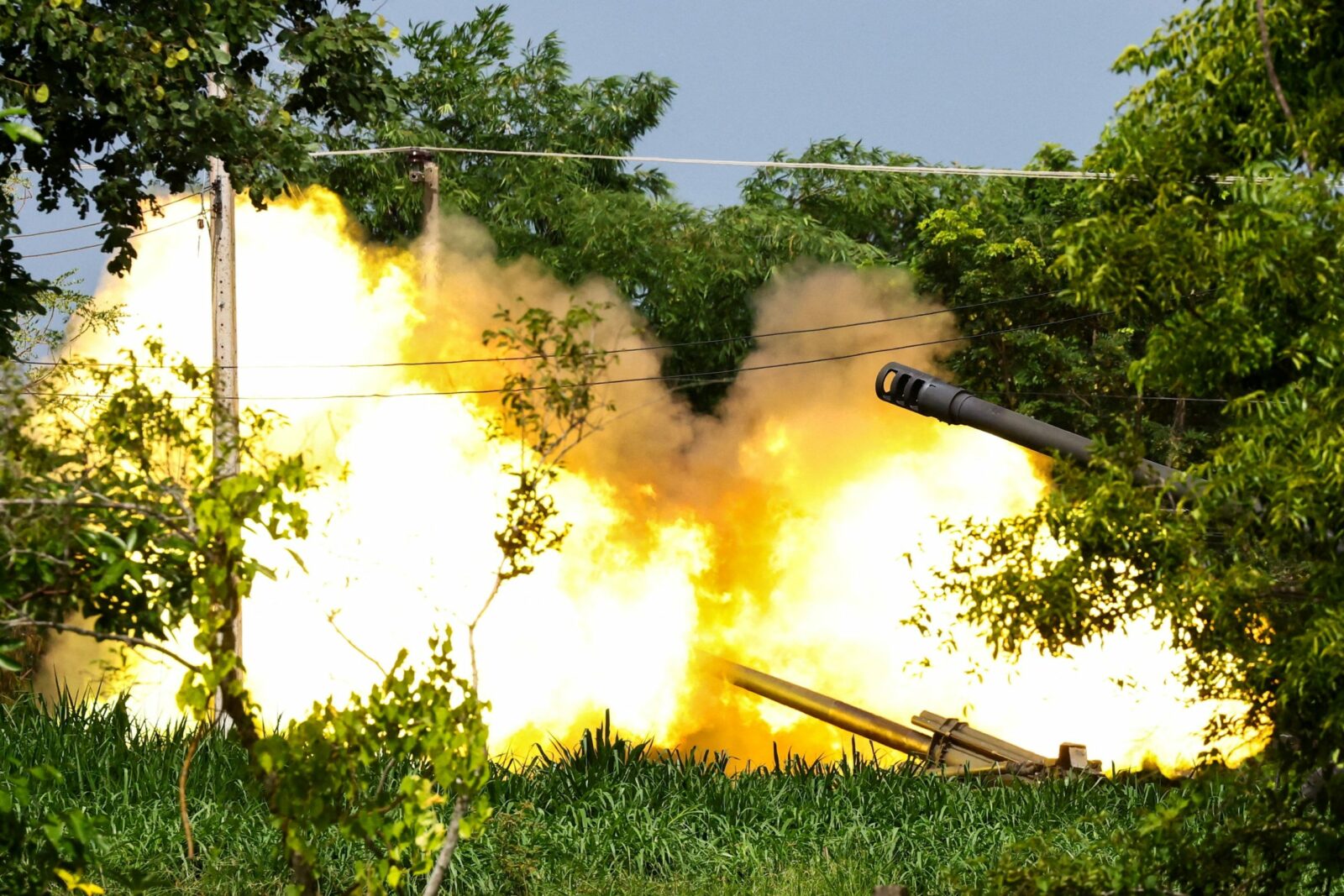
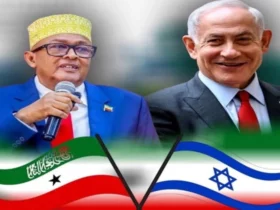
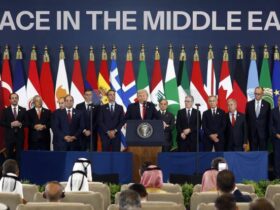


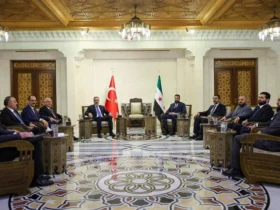


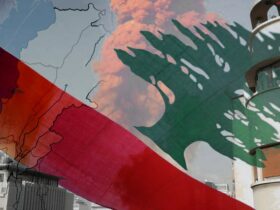
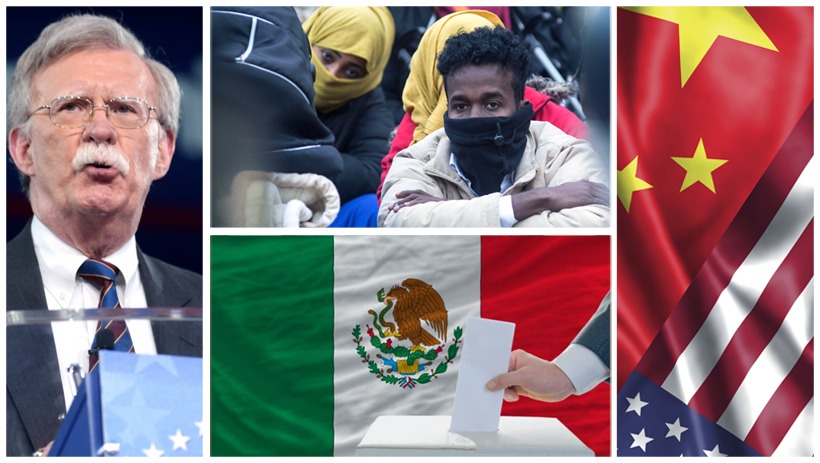
Leave a Reply